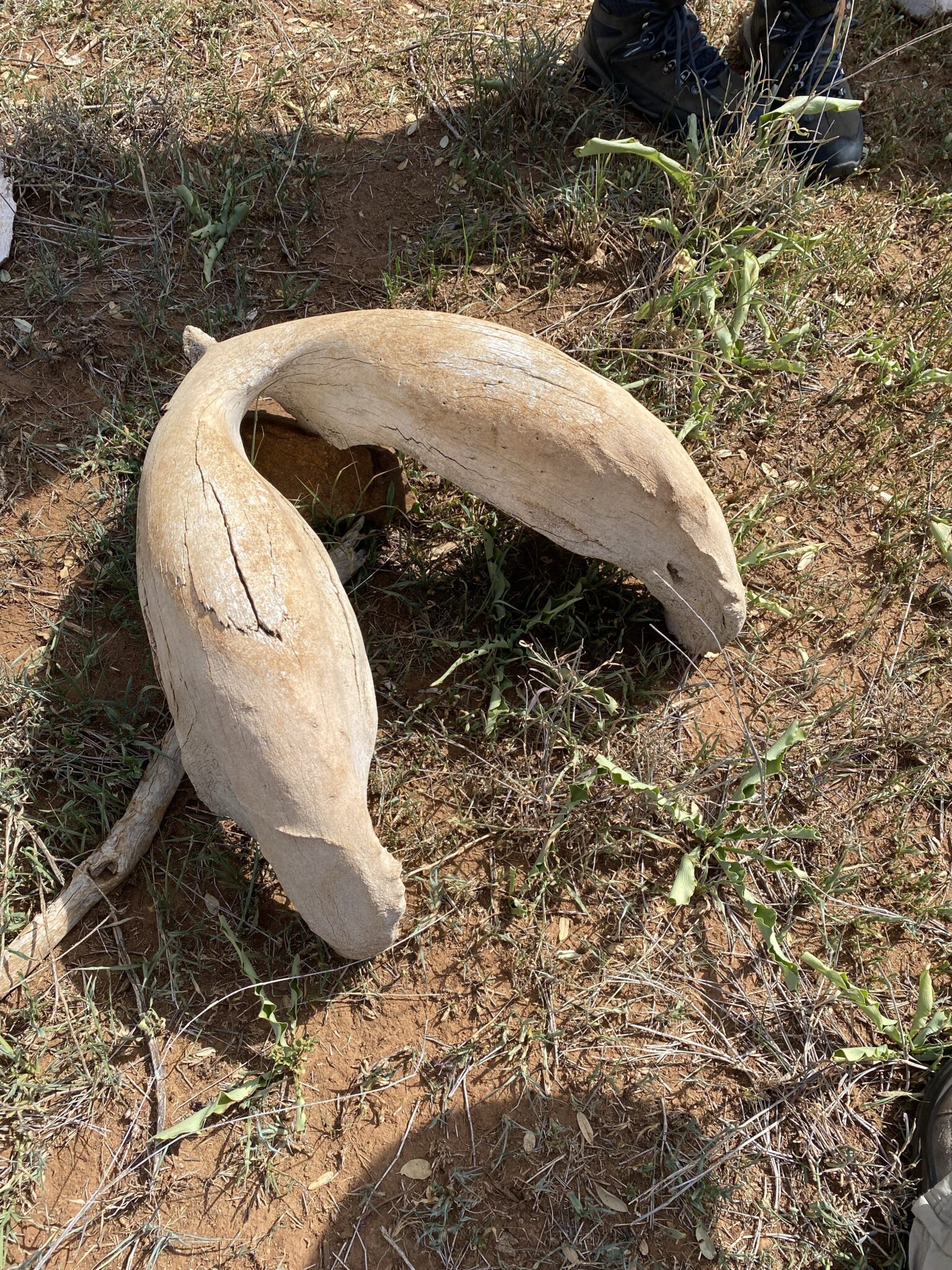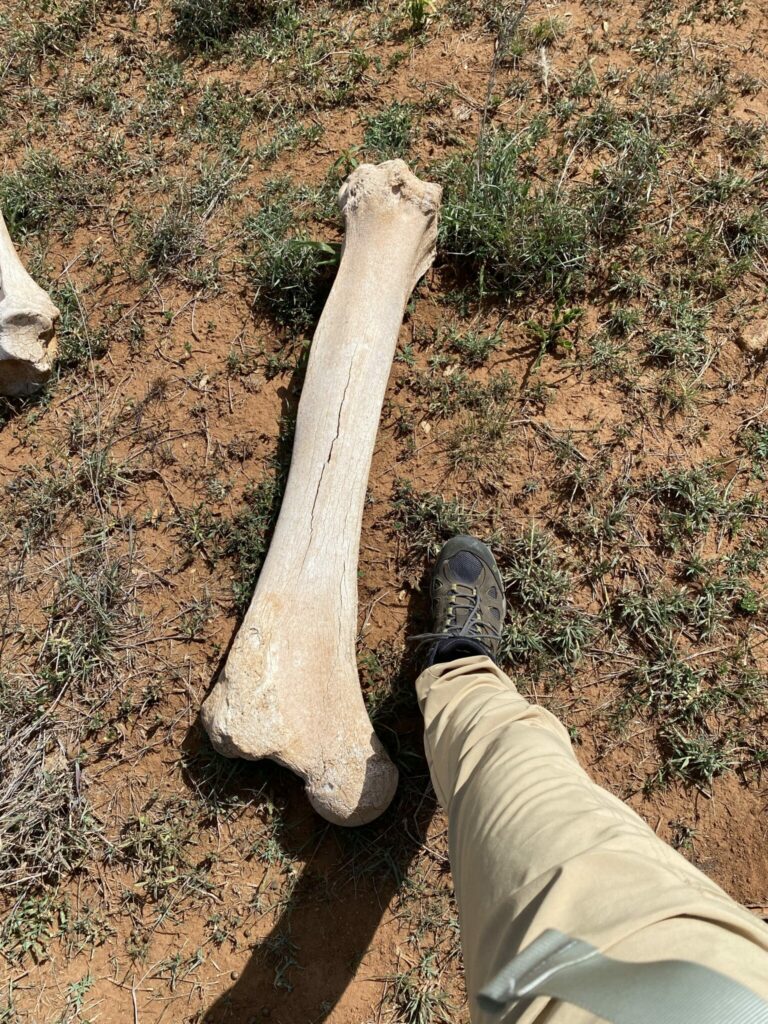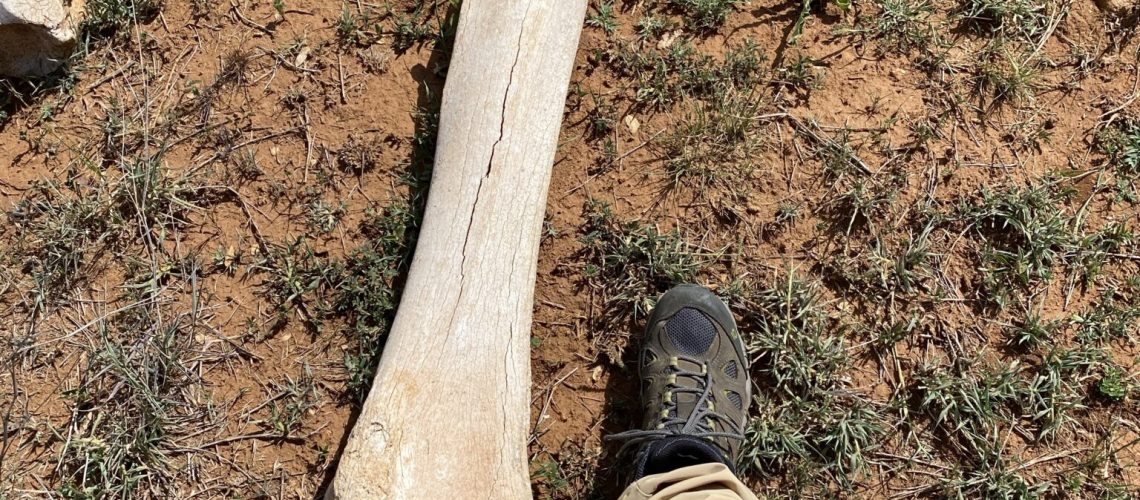June 13, 2022
Today we begin the field school portion of the research trip. We began with a security briefing about the safety of the camp, the animal threats and an armed guard patrols the park at night. We were assured we are safe while inside the electrified perimeter fence.
We started the lectures inside the large tent. One of the topics covered the geography of Kenya and the various sites we will be visiting. The majority of the lecture focused on uniformitarianism, actualism, substantive & methodological uniformitarianism, direct & relational analogies. Lots of different theories and methodologies were reviewed in order to understand the scope of the multi-national research happening here in the Turkana basin. However we must understand the current ecological processes of the local ecosystems in order to interpret past processes. A famous quote is “The past cannot be observed but must be inferred.”
This last quote reminds me a common theme throughout the preparations here at the ranch. Inferences are the cornerstone of developing new ideas and ways of understanding. All scientists here focus heavily on stating “drawing inferences from the data.”
After the lecture series in the morning we began learning different research projects and how they work. First for my group rotation was Taphonomy, the study of what happens to bone from death to fossil.
For the taphonomy work we visited an elephant assemblage, which in this example was the skeletal remains of an elephant. The elephant had died years ago so just the bones remained. The surface of the ground. We created a bone map in which we mapped out the location of each bone (now more distributed across the landscape) and noted the type and condition of each bone such as gnaw marks from predators, puncture tooth marks, and weathering. Each piece of the data tells a story about what has been occurring with the bones. Furthermore by studying the processes that degrade the bones over time helps us understand what has happened with fossilized bone. Granted the elephant assemblage was not fossilized, yet it could become fossilized if specific processes such as sedimentation. The elephant skull was now located in a wash out area where water runs during one of the two rainy seasons. Below are some images of the bones.





